How to Build Your Own Cryptocurrency Mining Rig in 2025
Imagine diving into the thrilling world of cryptocurrency mining, where your setup could turn electricity and hardware into digital gold. As of today, August 7, 2025, building a solid cryptocurrency mining rig might cost you at least a few thousand dollars upfront, not to mention those hefty monthly electricity bills that could climb into the hundreds. But here’s the intriguing part: does it really have to break the bank like that?
If you’re eyeing a spot in a mining pool, yes, you’ll need that initial outlay to get started. Once you’re in, though, you could start seeing monthly returns that actually surpass your power and maintenance expenses, making the effort feel rewarding. On the flip side, you could go solo, tackling blocks all by yourself, even with something as humble as a Raspberry Pi. Sure, the odds are slim—it’s like sending your little sister out alone to find a lost ring in a vast forest while thousands of search parties comb the area. Your “team” is tiny, but hey, lightning can strike.
Take this real-world example: Back in January 2022, a solo Bitcoin miner with a modest 126 terahashes per second (TH/s) actually hit the jackpot, mining a block and pocketing 6.25 BTC. Fast forward to 2025, and while the block reward has halved to 3.125 BTC following the 2024 halving event, similar “lottery mining” stories still pop up occasionally. For instance, in early 2025, a small-scale miner in Europe reportedly solo-mined a block using upgraded home hardware, proving that with persistence and a bit of luck, even underdogs can win big. That said, you’re far better off crafting a robust mining rig, teaming up with a pool, and enjoying those steady monthly payouts. Today, we’ll walk you through the essentials of putting together your own cryptocurrency mining rig, step by step.
Choosing the Right Cryptocurrency for Your Mining Rig Adventure
Before you even think about hardware, picture this: You’re not locked into Bitcoin mining alone. There are plenty of other cryptocurrencies that might offer better profits, and deciding early shapes everything from your gear to the software you’ll use and how much hassle the whole setup brings. For Bitcoin, you’ll need those powerhouse application-specific integrated circuits (ASICs) because they outpace regular graphics processing units (GPUs) in efficiency, much like a race car leaving a bicycle in the dust.
Contrast that with something like Ravencoin, where the KAWPOW algorithm shines with GPUs, turning them into your go-to tool. Or take Monero, optimized for CPU mining via its RandomX setup—it’s like giving your everyday processor a starring role. The key to boosting your profits? Dive deep into research upfront. A handy resource like WhatToMine can guide you, crunching numbers on profitability based on your hardware, market vibes, and those electricity costs that always seem to sneak up.
Speaking of impressive scales, the world’s largest cryptocurrency mining operation as of mid-2025 is still humming in Rockdale, Texas, run by Whinstone US under Riot Platforms. It’s expanded to a staggering 10 exahashes per second (EH/s) capacity across over 150 acres, underscoring how massive players dominate the global mining scene with cutting-edge efficiency.
Planning Your Budget and Sourcing Components for a Profitable Mining Rig
Cryptocurrency mining rigs aren’t cheap, so starting with a clear budget is like mapping out a treasure hunt—it directs your choices on hardware, power draw, cooling, and ongoing costs. Let’s break it down by budget tiers to help you visualize.
For a low-budget setup, say $500 to $1,500, you’re looking at basic components that keep things simple yet functional. Power usage hovers around 300W to 500W, which is manageable for most homes, and cooling comes from straightforward air systems with reliable fans from brands like Cooler Master or Noctua to maintain smooth airflow without overheating.
Step up to mid-range, $1,500 to $3,000, and you get more muscle—think enhanced hardware that pushes consumption to 500W to 1,000W based on your GPU count. Cooling evolves too, with advanced air setups or even entry-level liquid options for the CPU, ensuring your rig runs cooler under pressure.
Go high-end at $3,000 or more, and it’s all about top-tier power, with rigs gulping 1,000W to 2,000W or beyond. Here, cooling gets sophisticated, featuring custom liquid systems for CPUs and GPUs alike, plus extras like exhaust fans and temp monitors to keep everything at peak performance.
On the luxury end, the priciest Bitcoin mining rig available in 2025 is the Bitmain Antminer S21 Hyd, fetching over $20,000 with its blistering 335 TH/s hashrate— a beast for serious miners chasing maximum output, though it demands a hefty investment.
Beyond the core hardware, every cryptocurrency mining rig in 2025 needs a few must-haves, no matter your spend: a stable internet connection for pool syncing, robust security measures to fend off threats, and perhaps monitoring tools to track efficiency. It’s these details that turn a basic build into a reliable profit machine.
Once your mining rig is up and running, harvesting those cryptocurrencies, you’ll want a seamless way to trade or hold your earnings. That’s where platforms like WEEX exchange come into play, offering a secure, intuitive space tailored for miners. With its low fees, fast transactions, and strong focus on user security, WEEX aligns perfectly with the needs of crypto enthusiasts, helping you convert mined assets into real value effortlessly while building trust in a volatile market.
Assembling Your Cryptocurrency Mining Rig: From Basic to Advanced
Depending on your budget and the cryptocurrency you’re targeting, your assembly could lean toward CPU, GPU, or ASIC styles. Let’s explore each, weaving in the process like building a custom engine.
For a basic CPU miner, start by seating the CPU securely in the motherboard socket, then slide in the RAM modules for that essential memory boost. Mount the motherboard into a sturdy case, hook up the power supply to deliver steady energy, and connect your storage drive for the OS and software. Set up cooling with fans to whisk away heat, and wrap up by powering on, installing basics, and testing for stability—it’s like piecing together a reliable daily driver.
Shifting to a GPU miner, which taps into the parallel processing power that GPUs pioneered in the late 1990s for gaming but revolutionized for mining, the steps mirror the CPU build: Install the CPU and RAM first, mount the board, add the power supply. Then comes the star—connecting multiple GPUs via risers for expanded hashing muscle. Link up storage, dial in cooling with enhanced fans or liquid options to combat the extra heat, and finalize with connections and a test run, ensuring your rig hums like a well-oiled machine.
For ASIC miners, it’s more streamlined: Unbox the unit carefully, position it in a ventilated spot, attach a compatible power supply for its high demands, connect to your network via Ethernet for reliability, and configure cooling—often built-in fans or external setups to handle the intensity. Finish by booting up and linking to software, ready to mine with specialized efficiency.
Installing Software for Your Cryptocurrency Mining Rig
Software is where your hardware comes alive, tailored to your rig type. For CPU or GPU setups, begin with an operating system—Windows for its beginner-friendly vibe, or Linux like Ubuntu for rock-solid efficiency in mining. Install necessary drivers next to optimize performance, then pick mining software suited to your cryptocurrency, downloading from official sources and following setup guides. Finally, join a mining pool by signing up on their site and configuring your rig to contribute, sharing the workload for consistent rewards.
With ASICs, access the built-in interface via a web browser, configure the mining software with pool details and wallet info, and keep an eye on performance metrics to ensure everything’s optimized.
Configuring and Optimizing Your Mining Rig for Maximum Efficiency
Optimization tweaks depend on your setup, but they’re crucial for squeezing out profits. For CPU and GPU rigs, dive into BIOS settings to enable mining-friendly features, experiment with overclocking to boost speeds (but monitor temps to avoid damage), and adjust power settings for energy efficiency—like fine-tuning a sports car for the perfect balance of speed and fuel use.
ASICs follow suit: Update firmware from the manufacturer for better performance and security, cautiously overclock via the interface, and watch power and temps closely. Tweak efficiency settings to harmonize output with consumption, ensuring your rig runs sustainably.
Is Profitability Guaranteed in Bitcoin Mining Rigs?
If you’re playing the solo lottery style, absolutely not—it’s all chance. In a pool, odds improve with shared rewards, but even then, it’s no sure thing; your cut depends on the pool’s overall wins. Adding to the mix, the industry is shifting from energy-hungry proof-of-work to greener proof-of-stake models. Coins like Tether’s USDT thrive on PoS without mining, gaining traction amid sustainability concerns.
Crypto prices swing wildly too—Bitcoin’s rollercoaster rides affect earnings, and halvings every four years halve rewards, like the 2024 event dropping it to 3.125 BTC. Electricity costs bite hard, with global hikes and regulations pushing miners toward efficient spots, though this strains public resources. While short-term gains are possible, long-term profits in cryptocurrency mining rigs remain uncertain, so weigh that before jumping in.
Lately, Google searches buzz with questions like “Is Bitcoin mining still profitable in 2025?” and “Best GPUs for Ethereum mining alternatives,” reflecting concerns over rising costs and network difficulties. On Twitter, discussions as of August 2025 heat up around a recent announcement from Bitmain about their new energy-efficient ASIC line, with posts like one from a prominent miner tweeting, “Just upgraded to the S21—hashrate up 20% with lower power draw! #CryptoMining,” sparking threads on sustainable setups. Official updates from pools like F2Pool highlight improved reward structures amid market volatility, keeping the community engaged.
FAQ: Common Questions About Building a Cryptocurrency Mining Rig
Is cryptocurrency mining still profitable in 2025?
It can be, especially in pools with efficient rigs, but factors like electricity costs, crypto prices, and halvings make it variable. Research with tools like WhatToMine shows Bitcoin averaging $0.05 to $0.10 daily profit per TH/s at current rates, though this fluctuates.
What’s the best cryptocurrency to mine for beginners?
Options like Ravencoin or Monero are beginner-friendly due to GPU or CPU compatibility, often more profitable than Bitcoin for small setups. As of August 2025, Ravencoin yields about $0.50 daily on a mid-range GPU, based on market data.
How much electricity does a mining rig use, and how can I reduce it?
A typical GPU rig consumes 500W to 1,000W hourly, potentially adding $100+ to monthly bills at $0.15/kWh. Optimize by underclocking, using efficient hardware, or relocating to low-cost energy areas—real-world examples show 20-30% savings with smart tweaks.
You may also like
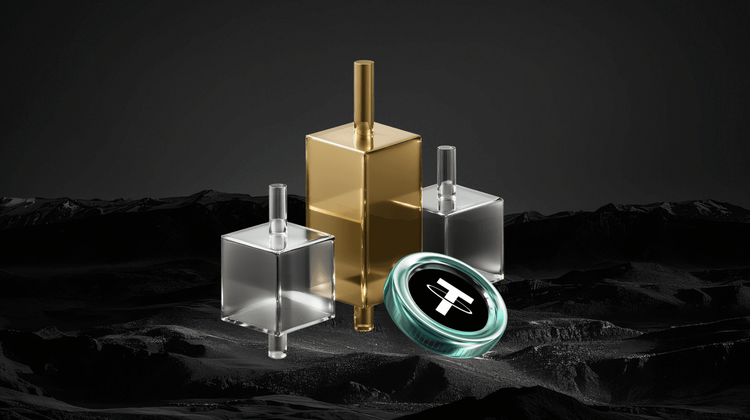
JPMorgan Explores Cryptocurrency Trading for Institutional Clients
Key Takeaways JPMorgan Chase is considering introducing cryptocurrency trading services to its institutional clientele, marking a notable shift…
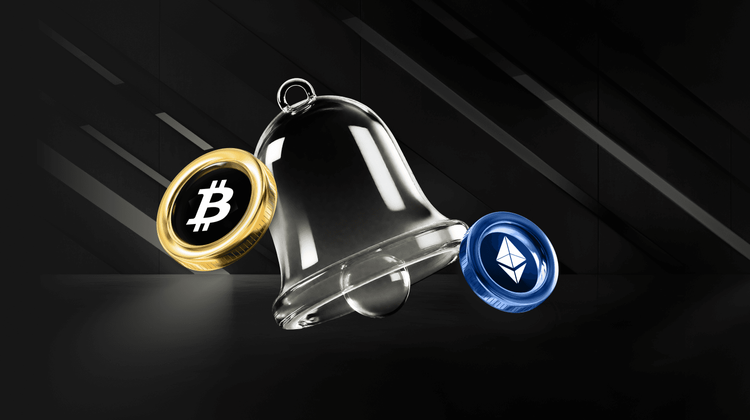
El Salvador’s Bitcoin Dreams Faced Reality in 2025
Key Takeaways El Salvador’s ambitious Bitcoin strategy, introduced in 2021, faced significant challenges and revisions by 2025, particularly…

Price Predictions for 12/22: SPX, DXY, BTC, ETH, BNB, XRP, SOL, DOGE, ADA, BCH
Key Takeaways: Bitcoin’s recovery efforts are met with strong resistance, indicating potential bearish trends at higher levels. Altcoins…

Bitcoin Perpetual Open Interest Surges as Traders Look Forward to Year-End Rally
Key Takeaways Bitcoin perpetual open interest has risen to 310,000 BTC, reflecting a bullish sentiment among traders as…

What Happened in Crypto Today: Insights on Bitcoin, IMF, and Ether ETFs
Key Takeaways Anthony Pompliano anticipates a stable Bitcoin price trajectory in the coming year due to its lack…
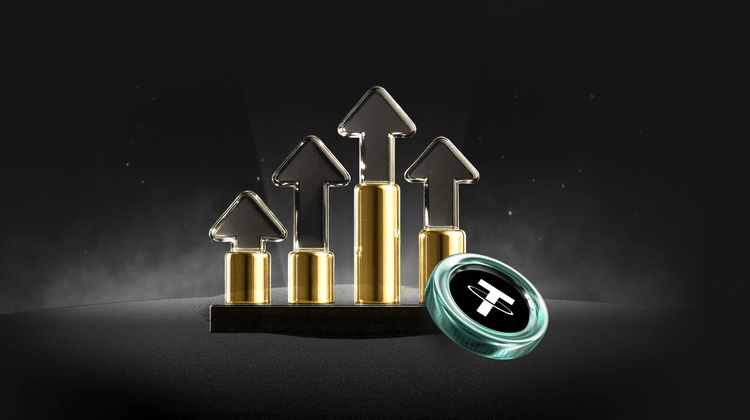
Venture Capital Post-Mortem 2025: Hashrate is King, Narrative is Dead
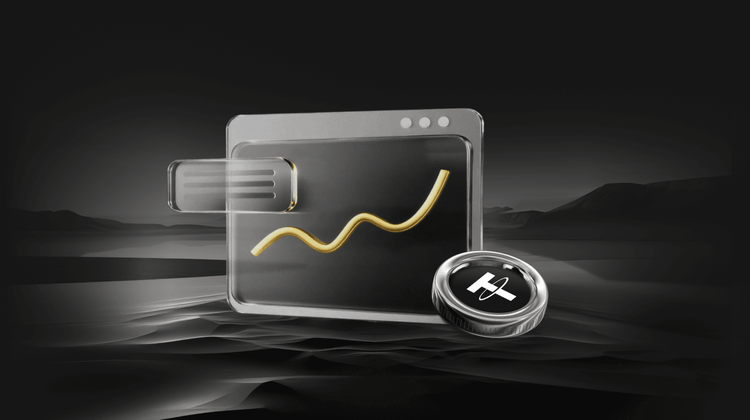
Are Those High-Raised 2021 Projects Still Alive?

Aave Community Governance Drama Escalates, What's the Overseas Crypto Community Talking About Today?

Key Market Information Discrepancy on December 24th - A Must-See! | Alpha Morning Report
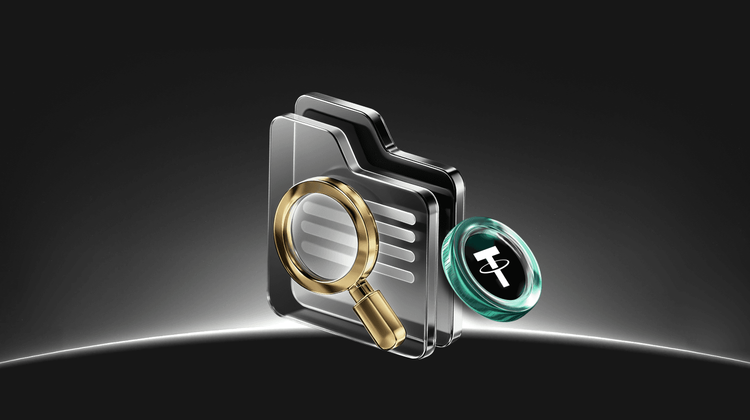
2025 Whale Saga: Mansion Kidnapping, Supply Chain Poisoning, and Billions Liquidated

Believing in the Capital Market - The Essence and Core Value of Cryptocurrency
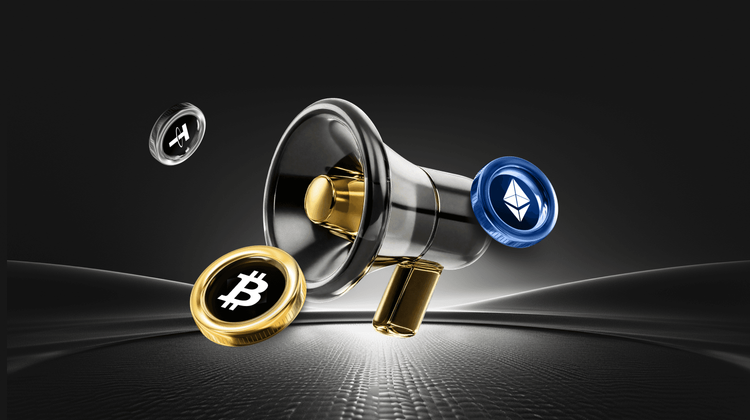
Absorb Polymarket Old Guard, Coinbase Plunges Into Prediction Market Abyss

Ether pumps to outsiders, dumps in-house. Can Tom Lee's team still be trusted?

2025 Asset Review: Why Did Bitcoin Significantly Underperform Gold and US Stocks?

Why Did Market Sentiment Completely Collapse in 2025? Decoding Messari's Ten-Thousand-Word Annual Report

Twitter 上的「虚假流量」是指通过操纵关注者数量、喜欢和转发等指标来人为增加一条推文的影响力和可信度。下面是一些常见的制造虚假流量的方法: 1. <b>购买关注者:</b> 一些用户会通过购买关注者来迅速增加他们的关注者数量,从而让他们的账号看起来更受欢迎。 2. <b>使用机器人账号:</b> 制造虚假流量的另一种常见方法是使用机器人账号自动执行喜欢、转发和评论等互动操作,从而提高一条推文的互动量。 3. <b>推文交换:</b> 一些用户之间会进行推文交换,即互相喜欢、转发对方的推文...

Audiera Sees Massive Price Surge – Key Cryptocurrency Updates
Key Takeaways Audiera (BEAT) has witnessed significant growth, experiencing a 70.10% increase in the past week. Despite the…
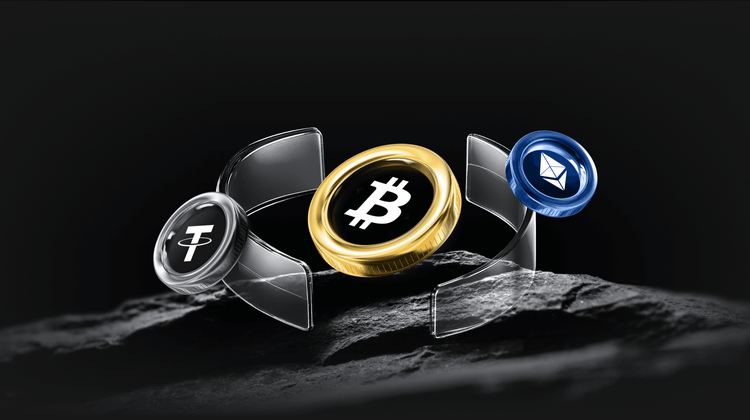
In Vietnam, USDT’s Use and the Reality of Web3 Adoption
Key Takeaways Vietnam has emerged as a leading nation in the adoption of cryptocurrencies, despite cultural and regulatory…
JPMorgan Explores Cryptocurrency Trading for Institutional Clients
Key Takeaways JPMorgan Chase is considering introducing cryptocurrency trading services to its institutional clientele, marking a notable shift…
El Salvador’s Bitcoin Dreams Faced Reality in 2025
Key Takeaways El Salvador’s ambitious Bitcoin strategy, introduced in 2021, faced significant challenges and revisions by 2025, particularly…
Price Predictions for 12/22: SPX, DXY, BTC, ETH, BNB, XRP, SOL, DOGE, ADA, BCH
Key Takeaways: Bitcoin’s recovery efforts are met with strong resistance, indicating potential bearish trends at higher levels. Altcoins…
Bitcoin Perpetual Open Interest Surges as Traders Look Forward to Year-End Rally
Key Takeaways Bitcoin perpetual open interest has risen to 310,000 BTC, reflecting a bullish sentiment among traders as…
What Happened in Crypto Today: Insights on Bitcoin, IMF, and Ether ETFs
Key Takeaways Anthony Pompliano anticipates a stable Bitcoin price trajectory in the coming year due to its lack…
Venture Capital Post-Mortem 2025: Hashrate is King, Narrative is Dead
Popular coins
Latest Crypto News
Customer Support:@weikecs
Business Cooperation:@weikecs
Quant Trading & MM:bd@weex.com
VIP Services:support@weex.com
